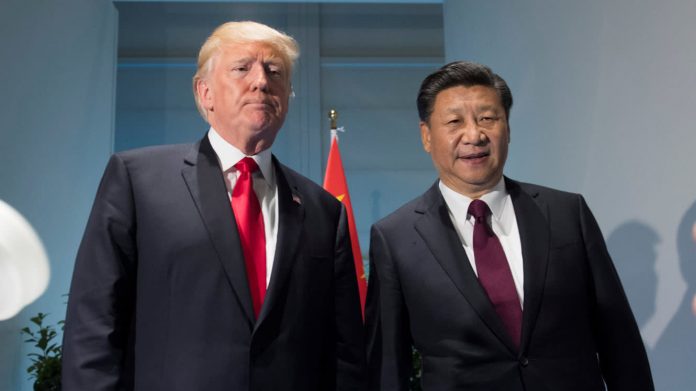Confirmation. It’s a word typically associated with good things – like the validation of facts, an agreement, or perhaps most famously, a holy sacrament.
But this morning, investors received a kind of confirmation that they wish they hadn’t.
Stocks plunged today after U.S. trade officials confirmed the legitimacy of President Trump’s tariff tweets, and that they are currently on schedule to be levied against China later this week.
Provided the Chinese don’t surrender beforehand.
The market reacted poorly upon realizing that Trump’s threats were indeed real, coupled with the revelation of China’s newfound resolve.
General Secretary Xi Jinping refuses to budge at the bargaining table, even in the face of economic strife at home. If he doesn’t change his tune, the US seems more than happy to punish him for his stubbornness – raising tariffs from 10% to 25% on $200 billion of Chinese goods.
Even worse for Xi, Trump promises that an additional 25% levy will be placed on another $325 billion of Chinese imports “shortly”.
Top US Trade Representative Robert Lighthizer told reporters this morning that not only was Trump telling the truth about the size of the tariff hike, but the timeline as well.
At the moment, a global economic “D-Day” is penciled in for Friday, the day mentioned in Trump’s Sunday afternoon tweets.
And so, in response, investors are buckling down in a major way. Market bellwethers like Boeing (NYSE: BA) and Caterpillar (NYSE: CAT) got hammered at today’s open, sinking 2.3% and 1.5% respectively, while chipmakers weighed-down the tech sector.
KLA-Tencor (NASDAQ: KLAC), a semiconductor industry supplier, saw the worst of it, falling over 6.4%. The VanEck Vectors Semiconductor ETF (SMH), which invests in both stocks and depositary receipts, declined 1.7%.
Peter Boockvar, chief investment officer at Bleakley Advisory Group, said he “remain[s] hopeful that a deal comes and we won’t see new tariffs on Friday.”
But even if the two sides can negotiate a ceasefire, Boockvar still expects bad blood to linger:
“It’s clear the level of mistrust between the two sides will last for years and some of the tariffs will remain as part of the enforcement tools.”
Other Wall Street firms, like the ones who were trying to calm investors on Monday, still see the tariff threat as a bargaining chip. With Chinese Vice Premier Liu He expected in Washington on Thursday and Friday, Trump could be seeking an “all-or-nothing” resolution.
“The Trump administration seems to have concluded that it is time to get it done. In other words, it’s either deal or no deal,” remarked Ed Yardeni, president and chief investment strategist at Yardeni Research, who remains confident that an agreement can be reached.
“I expect that the US and China will settle their differences on trade issues sooner rather than later.”
And while “buy-and-hold” bulls may be upset by the recent trade war developments; traders see the turmoil as a fantastic opportunity to buy stocks at wholesale prices.
Even if the tariffs do go into effect, a roaring economy might just be enough to propel the market upwards for the year. If that’s true, then a slight tariff-fueled correction could be just what the doctor ordered for short-term opportunists ready to pick up the pieces.
As long as they wait for the bleeding to stop before going long, of course.







